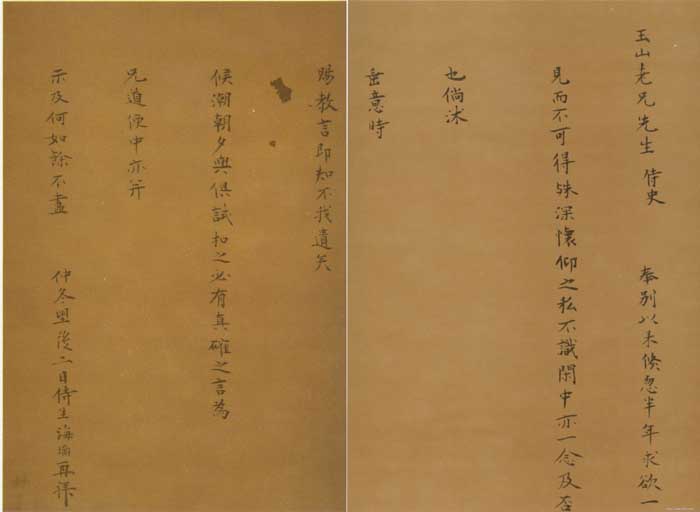Hai Rui (1514-1587), whose courtesy name was Ruxian, also known as Guokai, and whose nickname was Gangfeng, was a native of Jinhua Village, Fucheng Town, Qiongshan City, Hainan. He passed the provincial examination and entered the capital, and was granted the title of Jinshi. He was initially appointed as the magistrate of Nanping, and later promoted to the magistrate of Chun'an County and the magistrate of Xingguo County. During his term of office, he promoted the principle of clearing the head, equalizing corvee, and being honest and self-reliant. People said that "cloth robes can remove grains." In the 435th year of Jiajing reign of Emperor Shizong of the Ming Dynasty, he was appointed as the head of the Yunnan Department of the Ministry of Household Affairs. At that time, Emperor Shizong favored alchemists and devoted himself to fasting and dipping in vain to seek the elixir of immortality. Suddenly, the government fell into disgrace and no one dared to remonstrate. Only Hai Rui was prepared to die and went to Shu to offend Yan Zhi. His remonstrance shocked the government and the public, and he was dismissed from office and imprisoned. After Sejong's death, he was released. In the third year of Longqing (1569), he was appointed governor of Yingtian. During his tenure, he presided over the dredging of Wusong River and Baimao River, and vigorously promoted the "One Whip Method". However, he was opposed by Zhang Juzheng and others, and he was dismissed and returned to his hometown. Hai Rui was upright throughout his life. During his tenure as an official, he vindicated some injustices and was known as "Hai Qing Tian", also known as "The Reincarnation of Bao Gong" and "Southern Bao Gong". At the age of 72, he became the censor of Youqiandu of the Nanjing Metropolitan Procuratorate. He still punished corrupt officials and died of illness at his residence soon after. After his death, the imperial court granted him eight altars for sacrifice and presented them to Prince Shaobao, with the posthumous title Zhongjie.
According to historical records, Hai Rui's calligraphy is "excellent in both regular script and running script, with exquisite brushwork, profound skills, quietness and no charm". Kang Youwei, a famous calligrapher in the late Qing Dynasty, once commented on Hai Rui's calligraphy in his famous book "Guang Yi Zhou Shuang Yi": "His brushwork is amazing and impressive." The word "Qijiao" reflects the characteristics of Hai Rui's calligraphy. Judging from Hai Rui's existing calligraphy works, cursive calligraphy is the most outstanding, with vigorous writing power, unique structure, and extremely skillful calligraphy. And his regular script is also regular and impressive, with an ancient and clumsy air. The small regular script work "Feng Fare Tie" is his representative work.

"Farewell Note" by Hai Rui, collected by Shandong Provincial Cultural Relics Store
"Farewell Note" is the only authentic calligraphy of Hai Rui circulating in the world. It is extremely precious and is now collected by the Shandong Provincial Cultural Relics Store. The content of this post is a letter written by Hai Rui to a friend. Since it is a normal correspondence, the writing is casual, and the whole article shows a leisurely atmosphere. However, in the dots and drawings, the pen is precise and full of energy, without any signs of weakness. The posture is broad and comfortable, showing an aura of wonder without being aggressive or vigorous.








